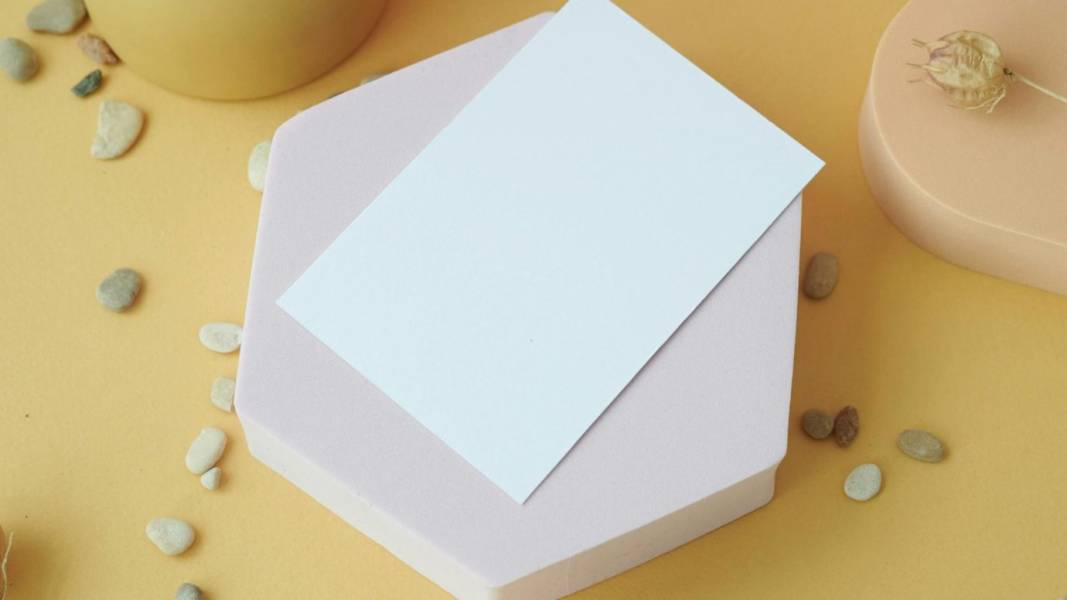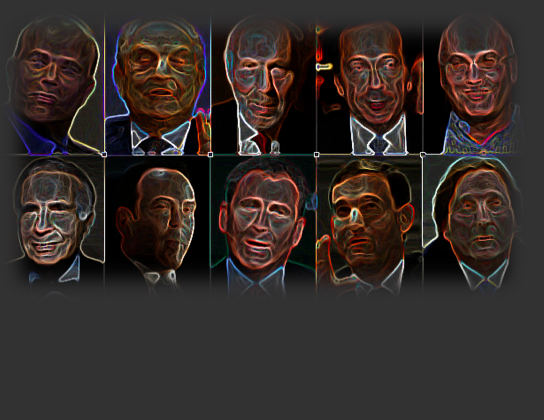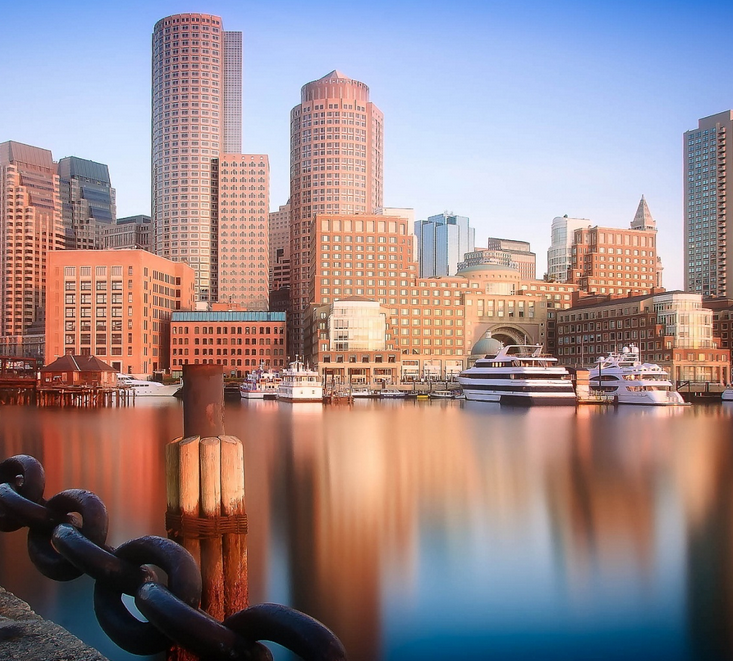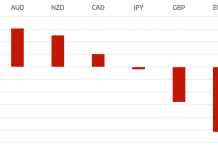
Effective packaging design serves as a silent ambassador for your brand, distinguishing your products on crowded shelves and in the competitive market landscape. In a world where consumers are bombarded with choices, your packaging needs to be more than just a container for your goods. It should capture the essence of your brand identity, resonate with your target audience, and express the quality of the product inside.
To achieve this synergy between packaging and brand identity, consider integrating innovative ideas unique to your company’s ethos. Whether your brand champions minimalist elegance or vibrant flamboyance, your packaging can be tailored to reflect these qualities and engage consumers personally. For businesses focused on sustainability, opting for environmentally-friendly custom boxes for retail packaging not only communicates a commitment to the environment but also resonates with eco-conscious customers.
In a continually evolving market, staying ahead means adapting to the latest trends while maintaining the core values that your brand upholds. Quality packaging design meets the functional needs of protecting and presenting the product and acts as a critical tool in storytelling and creating a memorable unboxing experience. Through thoughtful design, your product packaging can become a key touchpoint that fosters brand loyalty and ensures your product is seen and remembered.
Tailoring Your Brand’s Packaging Design
Creating packaging that reflects your brand’s identity and resonates with your target audience is essential for standing out on the shelves. It’s about combining design, functionality, and innovation to ensure that your product packaging is not just a container but a powerful marketing tool.
Understanding Your Brand and Target Audience
To craft packaging that truly speaks to your customers, you must deeply understand your brand’s identity. This includes the core brand values, personality, and storytelling elements that make your brand unique. Equally important is a thorough understanding of your target audience—their preferences, behaviors, and needs. This knowledge allows you to design packaging that appeals directly to their desires and stands out to them meaningfully.
Incorporating Elements of Design
The visual elements of design, such as logos, colors, font, typography, shapes, graphics, and imagery, play a pivotal role in how your packaging is perceived. These elements should be chosen and used strategically to not only convey your brand’s message but also to ensure consistency, which is crucial for branding. For example, selecting eco-friendly materials can reflect a commitment to sustainability, which may align with your brand’s values and appeal to a conscious consumer. At the same time using custom packaging boxes with logo can enhance brand recognition and create a memorable unboxing experience that strengthens customer loyalty. It’s important to use high-quality design elements that align with your brand identity to communicate the right message.
Prioritizing Functionality and Innovation
While aesthetics are important, your packaging must also be functional. It should protect the product, be easy to use, and be convenient to store. Incorporating innovation can differentiate your brand, especially when it’s aligned with the brand’s story and mission. Think about how packaging material and design can create a unique user experience. Moreover, sustainability can be a part of this functionality—for instance, by choosing eco-friendly packaging. Consider the practicality of the packaging while also being forward-thinking in how it can improve or enhance the way consumers engage with your brand.
In addition to these principles, browsing through options for custom retail boxes can give you insights and inspiration for how to move forward with creating packaging that not only contains but also represents your product and brand effectively.
Leveraging Packaging to Boost Sales and Engagement
Your product packaging is a potent tool that can extend the reach of your brand and solidify customer relationships. Through innovative design and strategic presentation, packaging can increase sales and improve engagement.
Enhancing Customer Experience
First Impressions Matter: When customers receive your product, the unboxing experience can significantly influence their perception. High-quality, creative packaging that aligns with your brand identity not only delights customers but also encourages them to share their experience online, thus amplifying your brand’s visibility.
- Incorporate Feedback: Collect and utilize customer feedback to refine the packaging process. This attention to detail demonstrates care and leads to a more personalized customer experience.
Tip: Engage customers with storytelling through your packaging. Describe how your product fits into their lives, which can create a memorable experience right from the start.
Maintaining Brand Consistency Across Platforms
Uniform Brand Colors and Imagery: Employ your brand colors and imagery across all packaging and online platforms for a cohesive brand identity. This helps in building recognition and trust with potential buyers in the competitive ecommerce space.
- Consistent Messaging: Ensure that the brand messages on your packaging echo those across other mediums. Consistency is key to reinforcing your branding and simplifying the buying process for customers.
Strategy: Leverage the unique aspects of creative packaging to tell your brand’s story in a compelling way. Narratives combined with visual consistency deepen customer relationships and can transform first-time buyers into loyal advocates.
Conclusion
Your packaging is not just a container for your product; it’s a critical component of your brand identity. By implementing innovative packaging ideas, you create memorable experiences for your customers. Always ensure that your design aligns with your brand’s message and values for maximum impact. Consistency and creativity in your packaging can distinguish your products in a crowded marketplace and enhance your brand’s overall perception.
HedgeThink.com is the fund industry’s leading news, research and analysis source for individual and institutional accredited investors and professionals




































